7 signs there are snakes in your yard — what to look out for
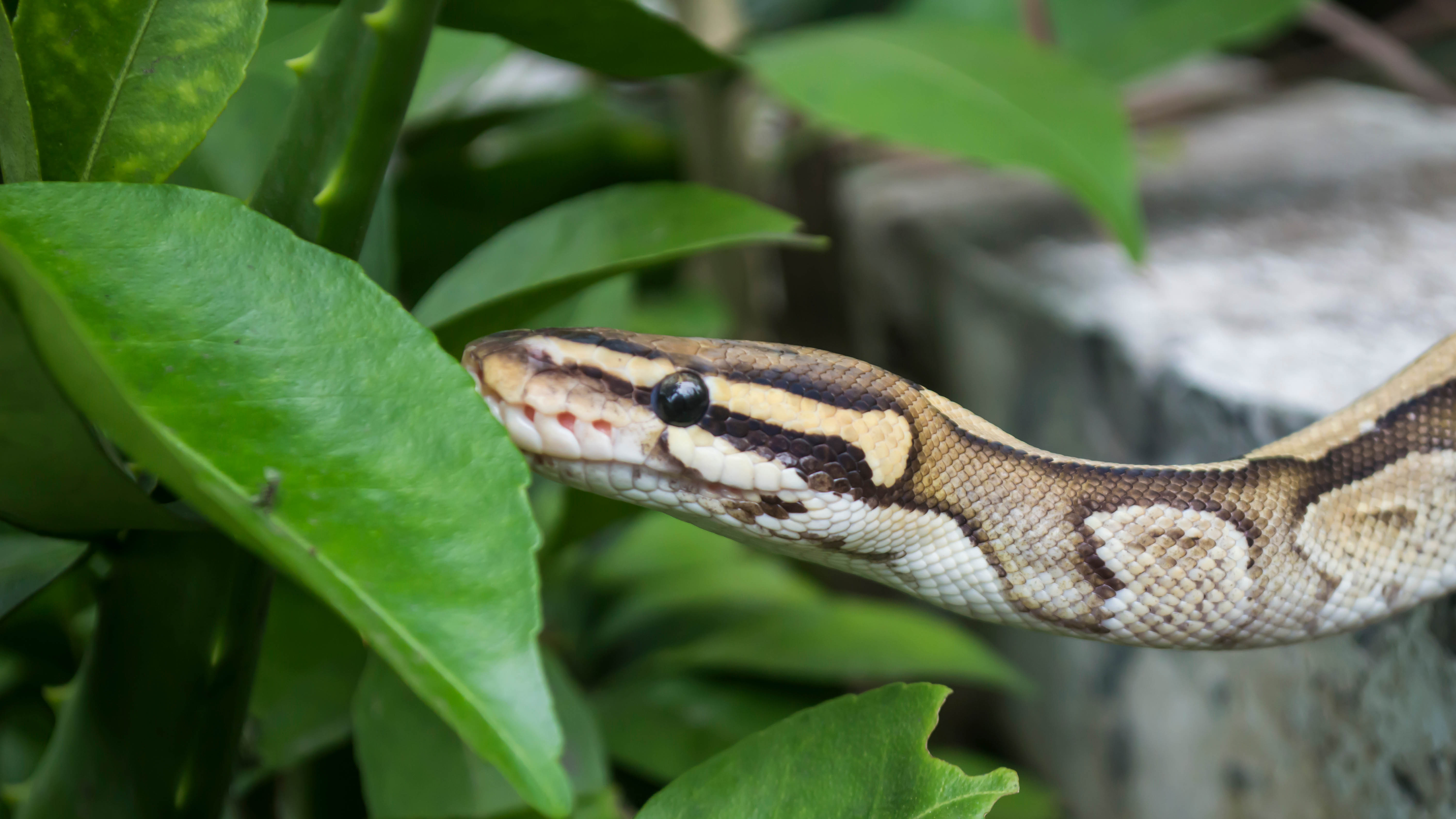
Although many people have a fundamental fear of snakes, most of the time, they're safe and peaceful creatures. Most snakes we may find around the backyards of urban, suburban, or rural homes tend to be perfectly benign. But that doesn’t mean you want them underfoot and you can never be too careful. Rattlesnakes and Copperheads, for example, are venomous and can survive in many different climates and environments. If you spot a snake slithering around your yard, you can assume either that he or she has made a home there, or otherwise is just passing through.
Snakes tend to be inconspicuous and secretive, feasting on rodents, birds, and frogs rather than human flesh, so if you keep your distance from any snake you see but can't identify, you’ll be safe as most snakes will not come after you. You do not want to frighten a snake, especially a venomous one, because they will bite if threatened. That said, it’s rare to get bitten and even more rare to die from a snake bite.
Most garden variety snakes in the U.S. are Garter snakes and Watersnakes at up to 20 inches and 42 inches long respectively. Garter snakes come in a variety of colors and patterns while Watersnakes tend to be spotted brown or black. Such non-venomous snakes can be a beneficial presence in that they not only eat rats and moles, but also eliminate pesky insects, worms, and roaches.
So even if you haven't seen a snake with your own eyes, here are some clues to tell if they're sneaking around your yard.
1. Skins
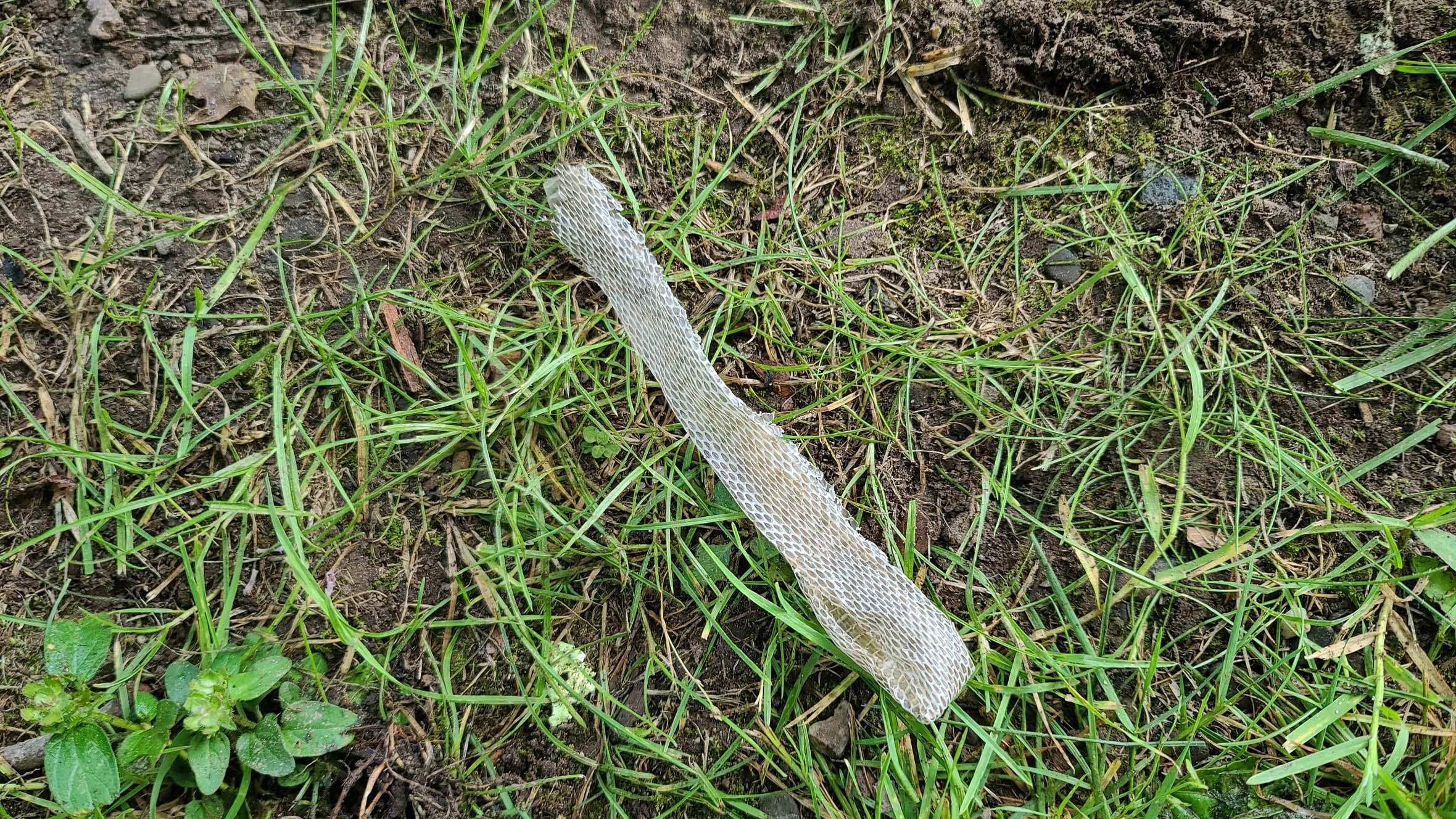
If you see a discarded translucent snake skin in your yard, that’s a definitive indication that there is a snake, or more than one, on your property. All snakes molt – shed their skin – as they grow and many hide nearby after shedding their skin.
Snakes can shed skin as often as every two months depending on species, employing trees and shrubs to help slough off their skin. While snakes can molt anywhere, they generally do this near their home base.
2. Trails
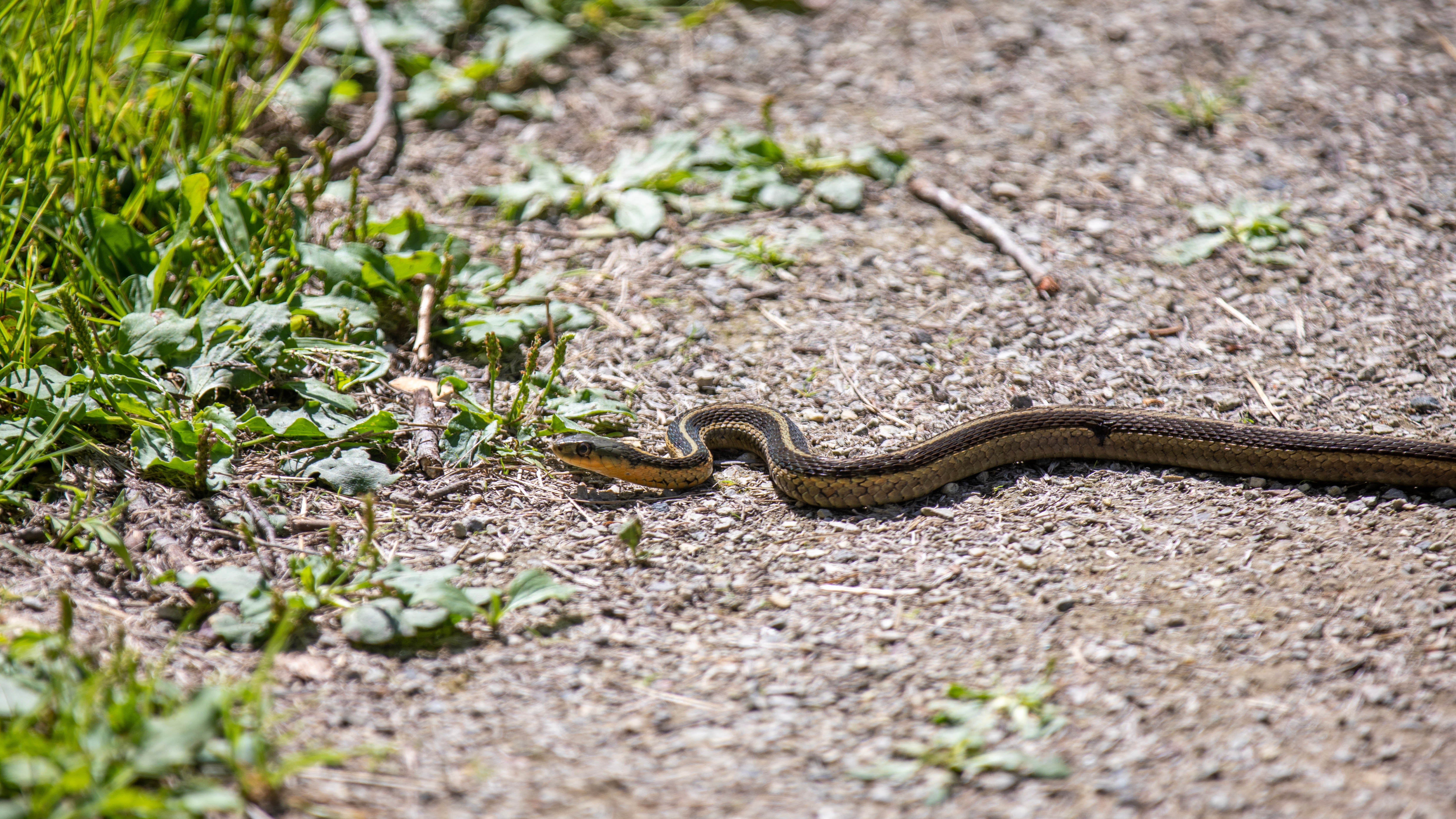
Snakes get around by slithering on the ground. If you have soft soil in your yard you may be able to distinguish among their various travel patterns. Different species of snakes have identifiable movement patterns that reveal trails or tracks you can follow. There are four major types of movements: concertina, lateral undulation, rectilinear movement, and slide pushing.
Get instant access to breaking news, the hottest reviews, great deals and helpful tips.
Snakes using the concertina movement bend and straighten their bodies so that you can see specific top and bottom tracks. These movements are used especially for entering into holes or tunnels. The lateral undulation is the most common movement that creates wavy patterns on the ground. Such patterns are easily seen as the snake will employ vigorous pushing to overcome obstacles in the landscape, such as rocks, trees, and plants. The rectilinear movement is the opposite of the lateral undulation in that the snake will use a push motion to move forward. This creates a straight track instead of a wavy track. Slide pushing consists of wider undulations as the snake moves toward its destination. Trail patterns can help determine the size of the snake as well as how fast they move.
3. Sounds

Snakes are usually silent, but occasionally some noises may alert you to their presence. Snakes don’t like to be observed and will often hide under leaves, in bushes or wood piles, and in other dark peaceful places. Thus you may hear crunching or rustling of leaves, and even hissing, rattling, or buzzing if you come into close proximity. Hissing is the most identifiable sound a snake makes, but they can also rattle their tail, whistle, or make a popping sound to ward off predators.
Now these wild noises could come from a variety of wildlife that may also inhabit your yard, but they can also signify the presence of snakes. Snakes also like the indoors, so you may encounter them in your garage, cellar, or attic where they might cause an audible disturbance.
4. Smells

Snakes generally don’t smell, but certain species of snakes can give off an odor in certain places. For example rat snakes can smell pungent and their dens and burrows can also carry this smell.
Cottonmouth and Water moccasins produce a musk odor with their feces that reminds some people of skunks. Observers would have to be pretty discerning to note a specific type of snake smell, especially given the vast variety of flora and fauna in most yards.
5. Burrowing holes
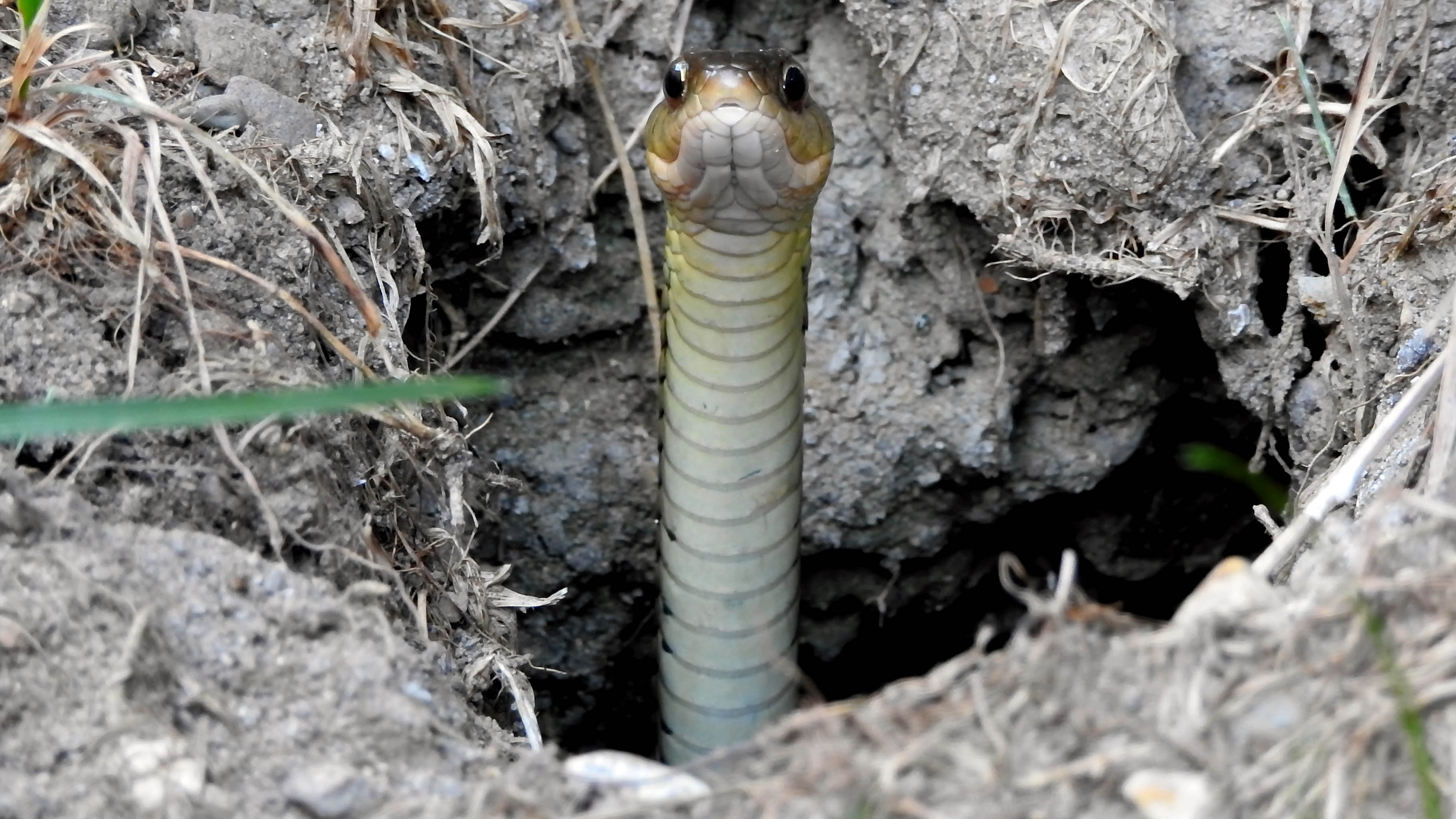
While snakes can’t dig their own protective holes, they will inhabit holes in the ground that are already there – often old nests created by voles or moles, or hidden in grass, dirt, sandy soil, or under mounds of logs or sticks. Hole openings are often circular, but have a vast range in terms of depth and diameter. Viewing a skin or scat in addition to a burrow will give you a better idea of whether or not a snake lives there. Snake burrows can be a challenge to spot, because snakes can slither into small spaces and even inside gaps in rocks.
Consider that if you’ve identified a single snake hole, there may be others nearby. Be especially vigilant about searching piles of leaves, dirt, sticks or grass. Multiple snake holes may mean multiple snakes or snakes that moved from one hole to another to avoid predators. Check snake holes to see if any snakes are home. You can even set up a live cam to observe from afar, if you’re so inclined.
If you’re sure you have an unoccupied snake hole, you can close it by filling it with dirt or covering it with netting, wire, or burlap, ensuring that the filler is flat and level with the ground.
6. Droppings
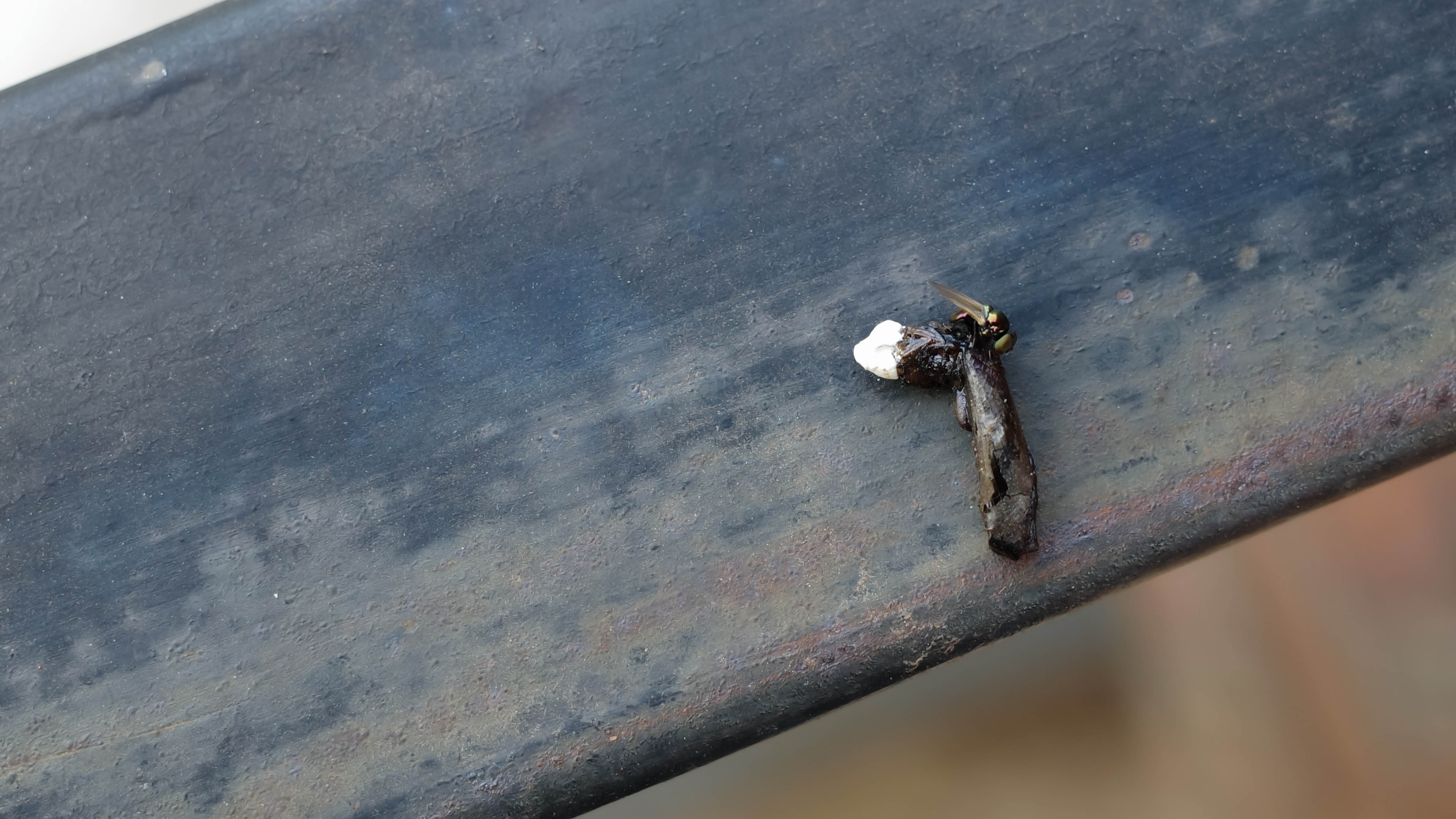
It’s not easy to spot snake scat and snakes do not defecate frequently. That’s partly because snakes eat their prey whole in a single go and it takes some time to digest an entire rat or mouse. However, when they defecate, the liquidy substance is a mix of both urine and feces that can have a foul smell due to undigested matter and fermentation. This substance is deposited directly on the ground. While it may be hard to identify snake scat, there are some telltale signs that distinguish it from other wild droppings.
Snake feces are generally as wide as the snake’s body. With it you may also see remnants of bones, hair, feathers, or scales and even a white tip, similar to lizard and reptile droppings or alternately dark brown smears with a white tip. The location of scat can also indicate where the snake has recently been and what direction it took off to.
7. Fewer or no rodents
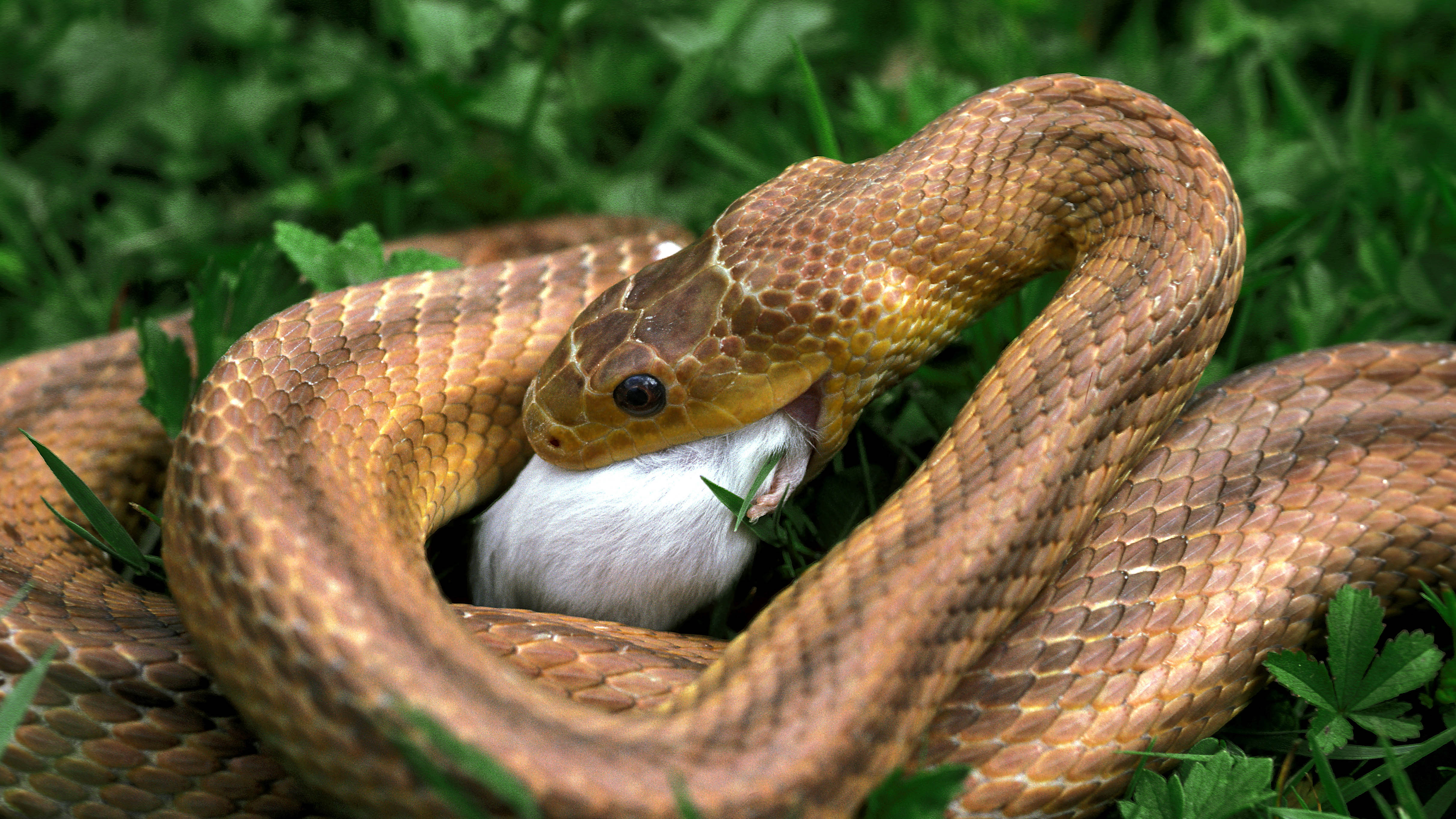
While most people love their front and backyards for the abundance of natural wildlife they support – except for rats and mice – you may see fewer such small creatures, rodents, bird eggs, snails, and various insects, if snakes are in residence.
Snakes love to eat rats and mice and will swallow them whole. Of course an absence of rodents may also signify a cat in the neighborhood or other predators, but snakes could also be the cause.
How to keep your space snake free

The best way to avoid snakes in your yard is to take preventive measures. Be sure to seal or block off spaces underneath your home that can act as natural nesting sites for snakes. Cracks in the building foundation and space underneath porches and decks are open invitations to snakes. Soil under your house is especially attractive since it provides a dark, damp environment that often attracts the rodent and insect meals that snakes prefer. Also make sure there are no entry points from garages or outdoor sheds.
Keep your yard neat and clean, as snakes love to investigate wood piles, tall grass, trash, construction debris, and other dense environments. Clear away food remnants that attract rodents, including pet food. Keep water bowls away from your house if you need to keep water in the yard. If you are on the hunt for snakes in your yard, be sure to wear protective gear, especially gloves and eye protection – just in case.
While many people freak out at the sight of snakes, remember that most are benign creatures, and are part of our wildlife ecosystem. Many localities have strict laws against shooting, hitting, fumigating, or otherwise abusing snakes. If you feel compelled to remove them from your property, try snake repellants or traps – both non-lethal solutions. Scents like cinnamon, cloves, or ammonia often repel snakes, though be sure the products you use are non-toxic. Repellants can be spread around the place where snakes were spotted or around the circumference of your property. Traps likewise will confine the snake alive so that you can relocate them to a more isolated spot at least 10 miles from your property. The best solution for most people is to simply call your local animal control and let them remove snakes in a humane and professional way.
More from Tom's Guide
- 9 plants that repel snakes and keep them away from your yard
- Also, here are 7 plants that repel squirrels and keep them out of your yard
- There are also 7 plants that repel cats
Jackie is an obsessive, insomniac tech writer and editor in northern California. A wildlife advocate, cat fan, and photo app fanatic, her specialties include cross-platform hardware and software, art, design, photography, video, and a wide range of creative and productivity apps and systems. Formerly senior editor at Macworld and creativity editor at The Next Web, Jackie now writes for a variety of consumer tech publications.

